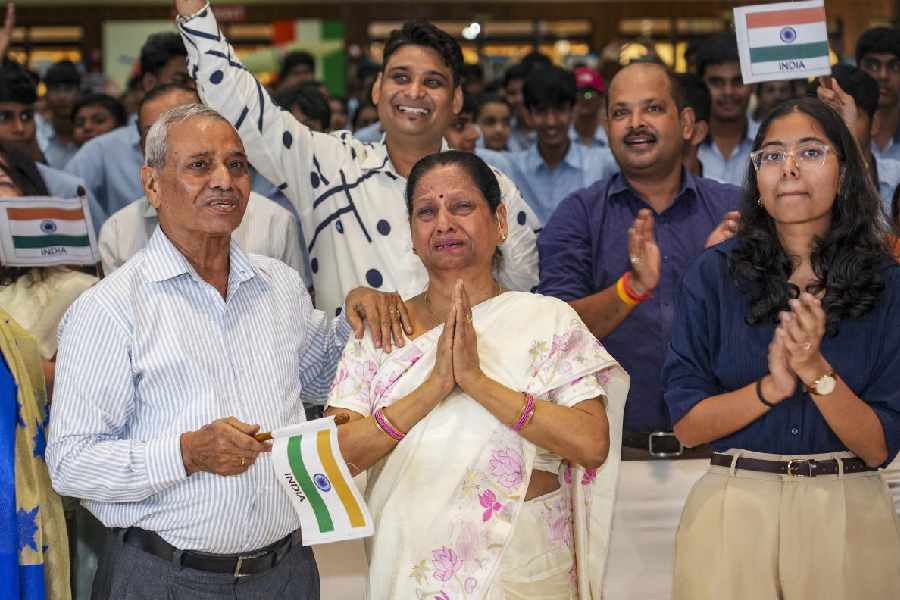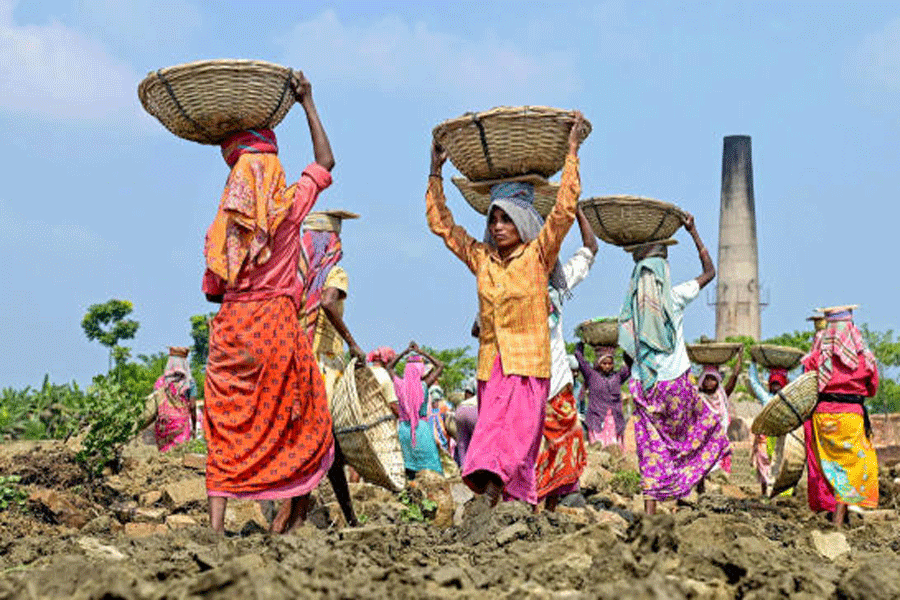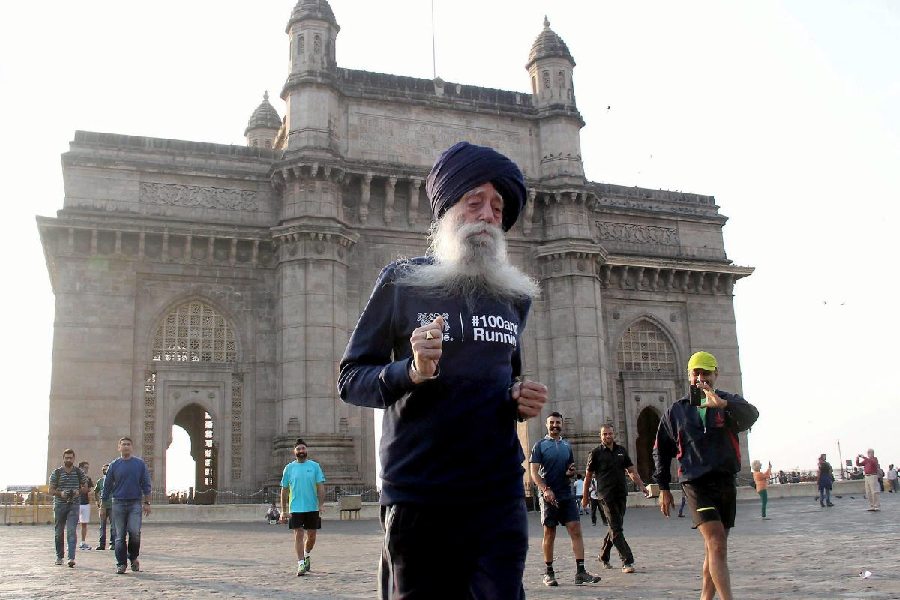Although it is widely accepted that the way to a man’s heart is through his stomach, it might be worth a thought that it’s actually through his tastebuds. Which is why it is said that a prime quality apple set the wheels of life rolling, but in my opinion, if a young lady put a prime quality mango in a vessel full of water, let it languish there till the skin was clean and soft, and then removed it, dressed it and fed it to a man, the wheels of life would probably turn somersaults.
“God made mangoes with his own hands. He did not even trust Viswakarma with the task,” a friend of mine used to say. “Appreciating mangoes is a fine art, just like tasting good wine.” He could have done a Phd on the subject. Aroma, texture, colour; every aspect, including how to eat or how not to eat a mango (“NEVER use implements!”), were his pet topics and I have to say that he was a true authority and as far as maintaining that the mango is the emperor of all fruits, I couldn’t agree with him more.
What’s more, we are actually sitting right where the mango is supposed to have originated. I Googled with exactly that in mind. The gist of what I gathered was that scientists have not had a very easy time trying to figure this out, but the consensus as it stands is that the eastern states of India (Bengal, Bihar and internally into UP), and then moving across to Myanmar and Malaysia, more or less form the region where the mango originated. The tree is a tropical evergreen tree and so must grow in other tropical climes as well and Harry Belafonte songs tell us that the West Indians know their mangoes but if we look at the botanical name of the tree itself (Magnifera Indica) we will know who rules.
Historically, the feudal lords of medieval times are those that took to the mango big time and got seriously into cultivating them. Lucknow and around Benaras in UP and in Bengal in Malda and Murshidabad, the Nawabs of old held nothing back in their efforts to grow this king of fruits. Outside of this belt, the only well known variety, the Alphonso mango, grows in Maharashtra. It is probably the only variety that is widely exported and has a strong, highly seductive aroma. Once in London I got the smell of Alphonso, felt homesick and immediately bought a dozen.
Going back to my friend who could have done a Phd on mangoes, I remember him telling me that in Calcutta you knew that the season had arrived when hawkers walked the streets calling out, “Ghulab Khas from Tollygunge!” Today not a single ghulab khas tree remains here and a relative of this variety comes from Tamil Nadu and Andhra Pradesh.
Himsagar from Murshidabad and Malda (Malda has a good variety of Langra as well), Benarasi Langra from UP and Maldoi Langra from Bihar are the varieties which are like household words. But the local varieties in any mango growing area are infinite in number.
Murshidabad district is known for Himsagar but a friend of mine rattled off a whole list of names of mangoes to die for which can almost never be found outside the district — Kohidoor, Mulayam Jaam, Begum Pasand, Rani, Saranga, Rani — I had to say, “Ok, I get the message”.
My very own special tryst with the mango goes back to very special experience as a teenager when we travelled one summer as a family to north Bihar where my great grandmother lived. The village was called Bisanpur and the last lap of the journey was by bullock cart. A magical fortnight of swimming in clear waters, riding bareback on long horned buffalo, bathing in the cold water of an ancient well under the boughs of an immense banyan tree, and eating, eating and eating, mainly mangoes. From great grandmother’s own orchards. There were of course Maldoi Langras in plenty but two local types - Mithua and Matkupia - I still remember because they were small, completely free of fibre and the flesh was soft and sweeter than molasses or sugar, and yet they were completely individual in character. You could tell one from the other with your eyes closed. One day, I had all of 43 three mangoes in a single day!
The mind boggles at what could have happened if large-scale cultivation of more varieties had happened. This year does not augur too well for the mango in Bengal because untimely hailstorms in April did extensive damage and in any case, for many years artificial means of ripening and maturing the fruit have been in vogue, but a good mango is still the best fruit one can ever have, as far as I’m concerned.











